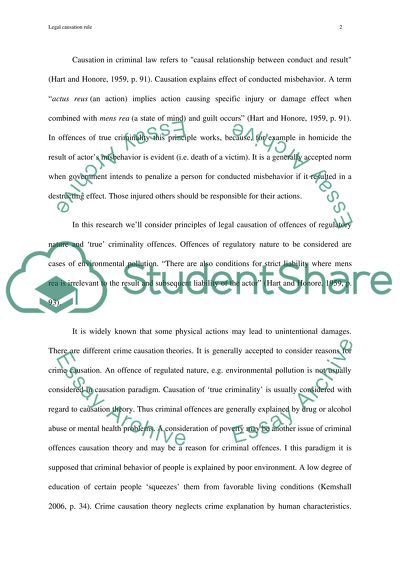Cite this document
(“CRIMINAL LAW: Is there one rule of legal causation for offences of a Essay”, n.d.)
Retrieved from https://studentshare.org/environmental-studies/1405192-criminal-law-is-there-one-rule-of-legal-causation-for-offences-of-a-regulatory-nature-such-as-the-pollution-of-rivers-an
Retrieved from https://studentshare.org/environmental-studies/1405192-criminal-law-is-there-one-rule-of-legal-causation-for-offences-of-a-regulatory-nature-such-as-the-pollution-of-rivers-an
(CRIMINAL LAW: Is There One Rule of Legal Causation for Offences of a Essay)
https://studentshare.org/environmental-studies/1405192-criminal-law-is-there-one-rule-of-legal-causation-for-offences-of-a-regulatory-nature-such-as-the-pollution-of-rivers-an.
https://studentshare.org/environmental-studies/1405192-criminal-law-is-there-one-rule-of-legal-causation-for-offences-of-a-regulatory-nature-such-as-the-pollution-of-rivers-an.
“CRIMINAL LAW: Is There One Rule of Legal Causation for Offences of a Essay”, n.d. https://studentshare.org/environmental-studies/1405192-criminal-law-is-there-one-rule-of-legal-causation-for-offences-of-a-regulatory-nature-such-as-the-pollution-of-rivers-an.


